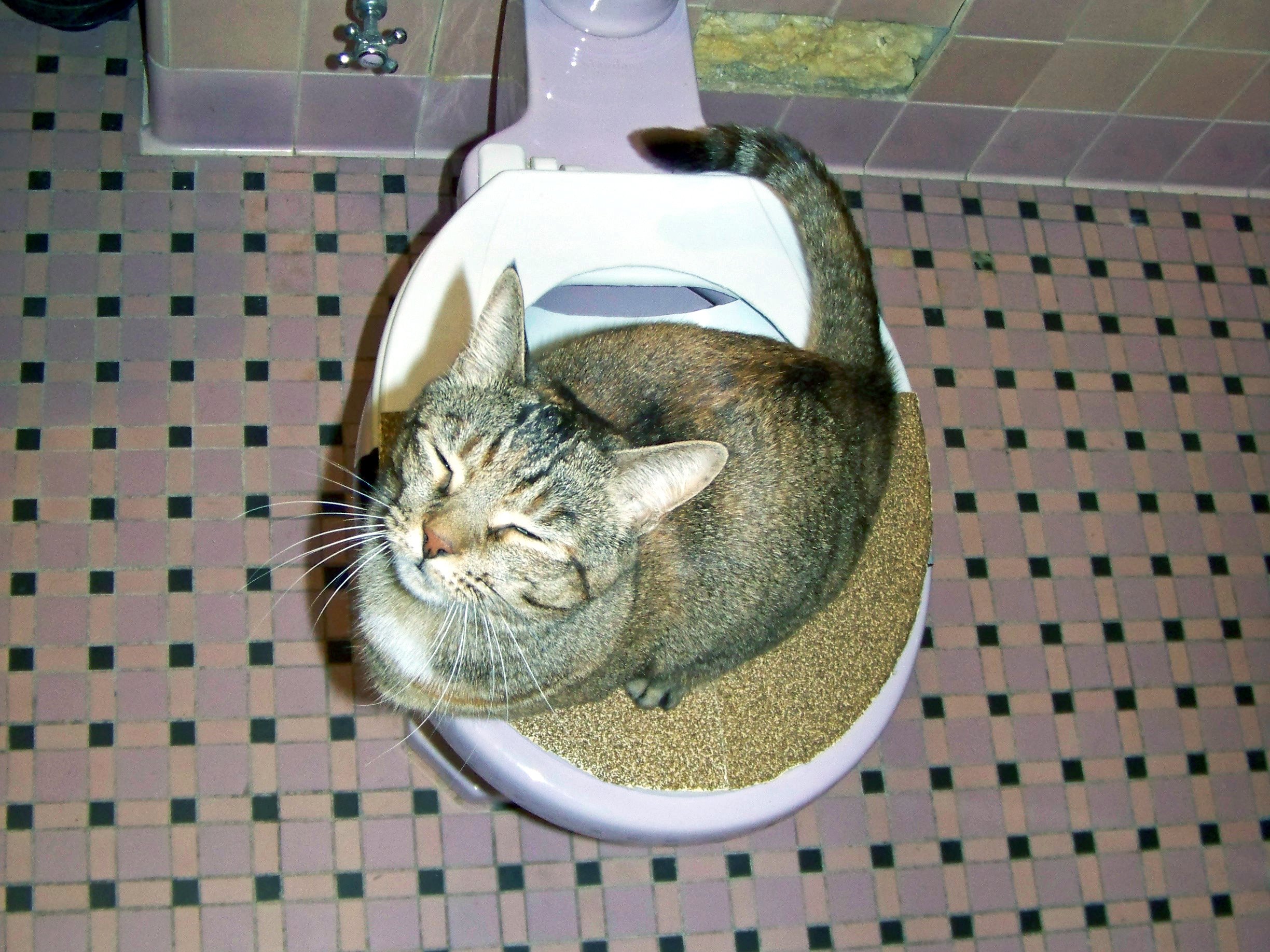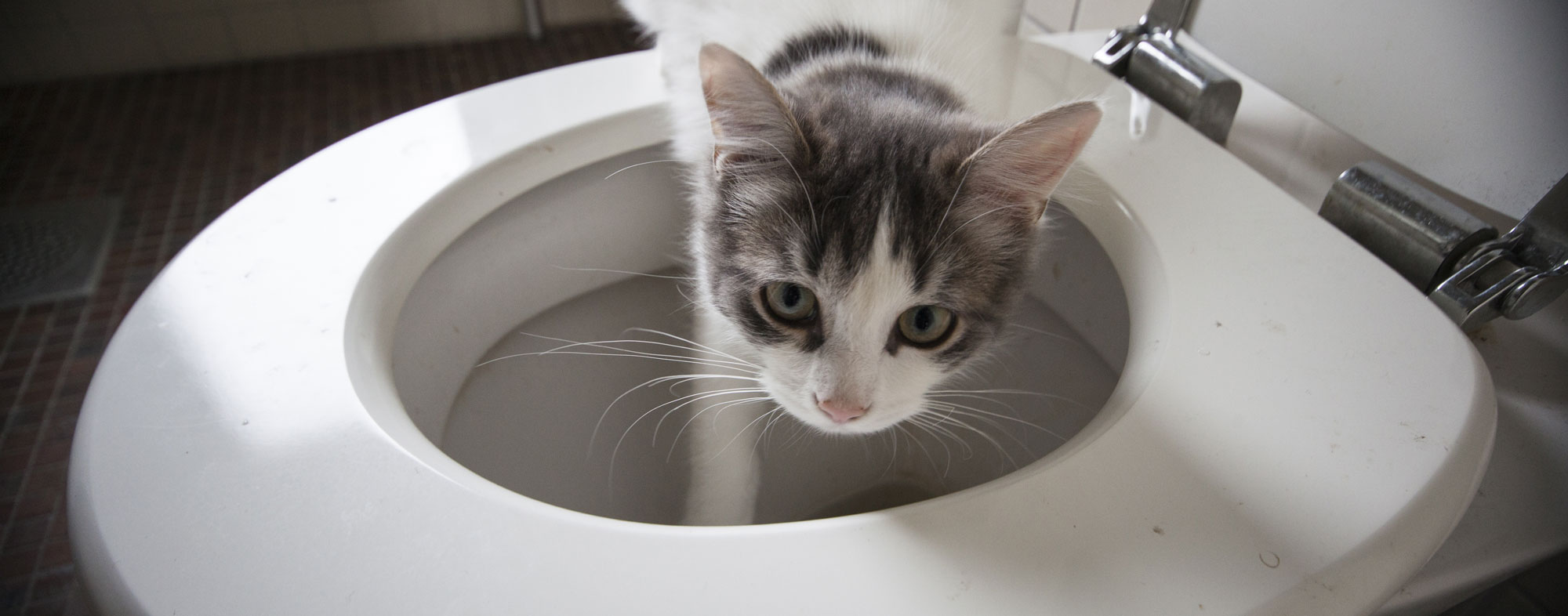Our Implications of Flushing Animal Waste Down the Toilet
Our Implications of Flushing Animal Waste Down the Toilet
Blog Article
What are your thoughts concerning 4 Reasons Why Dog Poop Cleanup is Important?

When it concerns getting rid of waste, specifically animal waste, many individuals frequently resort to the practical alternative of flushing it down the bathroom. Nevertheless, this apparently simple remedy can have major consequences for the setting and public health. In this post, we'll explore why flushing pet waste down the toilet is a poor idea and offer alternate techniques for proper disposal.
Introduction
Correct garbage disposal is crucial for keeping environmental sustainability and public health. While it may appear harmless to purge animal waste down the commode, it can bring about numerous concerns, both for the atmosphere and human health.
Dangers of flushing animal waste
Environmental influence
Flushing animal waste presents damaging microorganisms and pathogens into waterways, which can adversely impact aquatic communities. These virus can contaminate water resources and harm marine life, interrupting fragile communities.
Public health worries
Pet waste contains damaging germs such as E. coli and Salmonella, which can pose serious health and wellness risks to humans. Flushing animal waste down the toilet can infect water products, leading to the spread of illness and infections.
Alternatives to flushing
Instead of flushing animal waste down the toilet, there are a number of alternate disposal methods that are more eco-friendly and sanitary.
Composting
Composting pet waste is a green method to get rid of it. By composting, organic matter is broken down into nutrient-rich soil, which can here be utilized to feed gardens and plants.
Landfill disposal
Throwing away animal waste in a land fill is another choice. While not as environmentally friendly as composting, it is a safer alternative to flushing, as it prevents the contamination of water resources.
Animal waste disposal systems
There are specialized pet dog garbage disposal systems available that securely and hygienically take care of animal waste. These systems usually make use of enzymes to break down waste and eliminate smells.
Actions to correct pet waste disposal
To ensure appropriate disposal of pet waste, comply with these steps:
Scooping and bagging waste
Frequently scoop and bag pet waste making use of eco-friendly bags. This protects against waste from contaminating the atmosphere.
Utilizing designated waste containers
Dispose of bagged pet waste in marked waste bins, such as garden compost bins or landfill bins. Avoid flushing it down the toilet at all costs.
Cleansing litter boxes and pet locations routinely
Regularly tidy can and family pet locations to prevent the build-up of waste and germs. Usage pet-safe cleansing items to maintain health.
Advantages of proper disposal methods
Embracing proper disposal approaches for pet waste offers numerous benefits:
Minimized environmental pollution
Appropriate disposal methods lower the risk of environmental pollution, securing waterways and ecosystems from contamination
Reduced risk of water contamination.
By avoiding flushing animal waste down the toilet, the danger of water contamination is significantly lowered, safeguarding public health.
Boosted cleanliness and health
Proper disposal techniques promote much better cleanliness and hygiene, creating a safer environment for both human beings and animals.
Conclusion
Finally, flushing pet waste down the toilet is harmful to the environment and public health. By embracing alternate disposal approaches and adhering to proper waste management methods, we can reduce the negative effect of animal waste and add to a cleaner, healthier planet.
What To Do With Dog Poo – The Do's And Don'ts Of Disposing Of Faeces
Dog poo bins
Some councils provide dedicated dog waste bins in popular dog-walking areas that can take dog poo that has been bagged but you can legally dispose of dog waste in any public litter bin, as long as it is securely bagged. This also applies to your wheelie bin at home.
Do not flush
Water companies do not recommend flushing dog faeces down the toilet because certain parasites can survive the water processing treatment and are potentially harmful to humans. You should also never consider flushing dog poo that has been bagged down the toilet as the bags will not break down and instead create severe blockages in the sewage system.
In the woods
The Forestry Commission promotes a ‘stick and flick’ method for dealing with waste in the woods. This means finding a stick and using it to flick any poo from off the path so that it is out of the way of other walkers. You could also bury it as long as it is not in an area where there might be livestock.
Livestock
Parasites found in dog poo can be transmitted to livestock if they inadvertently eat infected faeces that has been left on grazing land. This could result in the death of sheep or abortion in cattle so you should always make sure you pick up your dog’s waste in fields where livestock could be present.

Regularly tidy can and family pet locations to prevent the build-up of waste and germs. Usage pet-safe cleansing items to maintain health.
Advantages of proper disposal methods
Embracing proper disposal approaches for pet waste offers numerous benefits:
Minimized environmental pollution
Appropriate disposal methods lower the risk of environmental pollution, securing waterways and ecosystems from contamination
Reduced risk of water contamination.
By avoiding flushing animal waste down the toilet, the danger of water contamination is significantly lowered, safeguarding public health.
Boosted cleanliness and health
Proper disposal techniques promote much better cleanliness and hygiene, creating a safer environment for both human beings and animals.
Conclusion
Finally, flushing pet waste down the toilet is harmful to the environment and public health. By embracing alternate disposal approaches and adhering to proper waste management methods, we can reduce the negative effect of animal waste and add to a cleaner, healthier planet.
What To Do With Dog Poo – The Do's And Don'ts Of Disposing Of Faeces
Dog poo bins
Some councils provide dedicated dog waste bins in popular dog-walking areas that can take dog poo that has been bagged but you can legally dispose of dog waste in any public litter bin, as long as it is securely bagged. This also applies to your wheelie bin at home.
Do not flush
Water companies do not recommend flushing dog faeces down the toilet because certain parasites can survive the water processing treatment and are potentially harmful to humans. You should also never consider flushing dog poo that has been bagged down the toilet as the bags will not break down and instead create severe blockages in the sewage system.
In the woods
The Forestry Commission promotes a ‘stick and flick’ method for dealing with waste in the woods. This means finding a stick and using it to flick any poo from off the path so that it is out of the way of other walkers. You could also bury it as long as it is not in an area where there might be livestock.
Livestock
Parasites found in dog poo can be transmitted to livestock if they inadvertently eat infected faeces that has been left on grazing land. This could result in the death of sheep or abortion in cattle so you should always make sure you pick up your dog’s waste in fields where livestock could be present.

We had been introduced to that report on Can You Flush Dog and Cat Poo Down the Toilet? through a pal on another site. Are you aware of anybody else who is fascinated with the niche? Feel free to promote it. Thanks for your time spent reading it.
Click For More Information Report this page